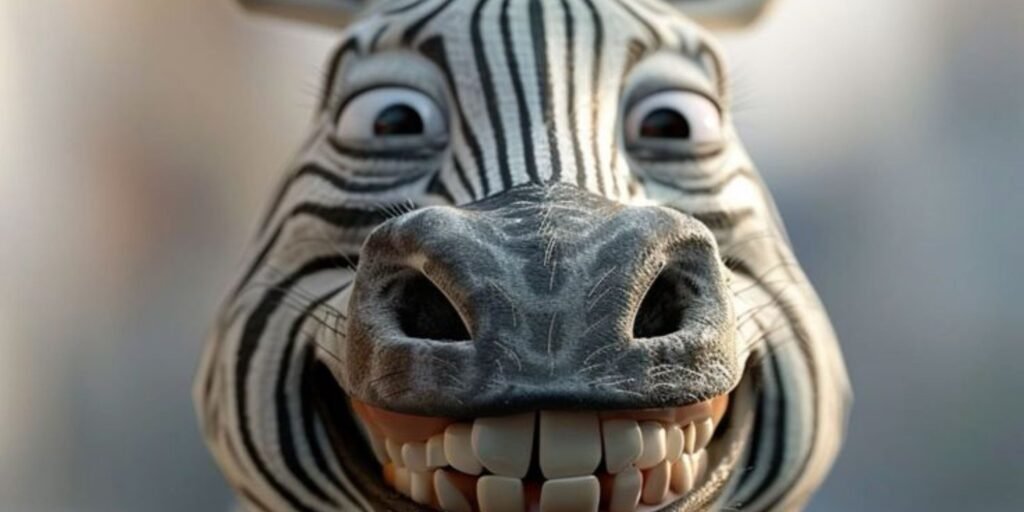Zebras are more than just striking black-and-white animals; they embody a unique charm that captivates everyone. Whether you’re an aspiring owner, a wildlife enthusiast, or simply curious about these fascinating creatures, understanding zebra animal care is essential. From their playful nature to the intricate details of their social lives, caring for zebras requires knowledge and dedication. This comprehensive guide will explore everything you need to know about providing your zebra companions with the best environment and care. Let’s dive into the world of these remarkable equines!
Comprehensive Guide to Caring for Your Zebra

Caring for a zebra goes beyond basic needs. Creating a habitat that mimics their natural environment is vital, ensuring they have enough space to roam and graze. Zebras thrive in open areas with plenty of fresh grass and minimal obstructions.
Regular health check-ups are crucial, too. Partnering with an experienced veterinarian will help detect potential issues early on. Vaccinations and parasite control should also be part of your routine care.
Social interaction is essential for zebras, as they are highly social animals. Consider keeping them in pairs or small groups to promote mental stimulation and emotional well-being throughout their lives.
Zebra care :Housing Recommendations
Zebras require ample space to thrive. A large, secure enclosure is essential for their well-being. Aim for at least an acre of land per zebra, as they are natural grazers and enjoy roaming.
Provide shelter to protect them from harsh weather conditions. Shade structures or barns can offer refuge during extreme heat or storms. Ensure proper ventilation in the shelters to keep them comfortable.
Fencing must be sturdy and tall enough to deter escape attempts. Electric fencing can be effective but should be installed safely to prevent injury. Regularly inspect the habitat for safety and cleanliness; it’s vital for their health.
Zebra care :Lifespan and Diet
Zebras typically live 20 to 30 years in the wild, depending on their environment and predators. With proper care in captivity, they can sometimes exceed this range, reaching up to 40 years.
Zebras are herbivores that eat grasses, leaves, and shoots. They require a high-fibre diet for optimal health, so it’s crucial to provide them with fresh hay and access to grazing areas.
Water is equally vital for zebras; they need clean drinking water daily. Supplementing their diet with minerals helps maintain strong bones and overall well-being.
Family Life
Zebras are social animals that thrive in family units called harems. A typical harem consists of one stallion, several mares, and their young. This structure provides protection and support for the group.
Strong bonds form between members of these harems. Mares often groom each other, reinforcing connections and helping to maintain harmony within the group. Foals learn essential survival skills by observing their mothers.
The stallion is crucial in guarding the harem from predators while ensuring safe grazing areas. These dynamics create a nurturing environment where zebras can raise healthy offspring together.
Zebra care :Conservation Efforts

Conservation efforts for zebras are crucial, as their populations face numerous threats. Habitat loss due to agriculture and urbanization poses significant challenges. Organizations worldwide actively work to protect these animals and their environments.
Anti-poaching initiatives have become essential in safeguarding zebra herds. Rangers patrol regions where poaching is prevalent, raising awareness about the importance of preserving these iconic creatures. Education programs engage local communities in conservation efforts.
Collaborations between governments, NGOs, and wildlife reserves promote sustainable land-use practices that benefit people and zebras. These partnerships ensure a brighter future for this magnificent species while fostering biodiversity preservation alongside human development.
Physical Description
Zebras are striking animals known for their unique black-and-white stripes. Each zebra has a distinct pattern, similar to human fingerprints. This makes them visually captivating and serves as camouflage in the wild.
They possess strong bodies, typically standing about four to five feet tall at the shoulder. Their long legs allow them to run swiftly across open plains, an advantage when evading predators.
These herbivores have elongated heads with large ears that rotate independently, allowing them to detect sounds from various directions. Their eyes are positioned on the sides of their heads, providing excellent peripheral vision while grazing or roaming freely.
Native Habitat
Zebras thrive in a variety of habitats across Africa. They primarily inhabit savannas, grasslands, and open woodlands, which provide the necessary resources for their survival.
The availability of fresh grazing and water sources is crucial. During dry seasons, zebras migrate over long distances for food and hydration. This adaptability helps them navigate changing landscapes.
Different zebra species occupy specific regions. The plains zebra roam the expansive grasslands, while the Grevy’s zebra prefers arid areas with sparse vegetation. Understanding these habitats is essential for effective zebra animal care practices.
Zebra care :Social Structure
Zebras exhibit a fascinating social structure that revolves around family groups. These groups, known as harems, typically consist of one stallion, several mares, and their offspring. This setup fosters strong bonds among the members.
Within these families, zebras communicate using vocalizations and body language. They rely on each other for protection against predators like lions and hyenas. The presence of the dominant stallion ensures hierarchy within the group.
Interestingly, zebras also form larger herds during migration or when grazing in open plains. This collective behaviour enhances safety while allowing them to socialize beyond their immediate family units.
Reproduction and Development
Zebras have a unique reproductive cycle. The females typically give birth to one foal after a gestation period of about 11 months. This timing ensures that the young are born during favourable weather conditions.
Foals can stand and run within an hour of birth, which is crucial for survival in the wild. They rely on their mothers for protection as they learn to navigate their environment.
As they grow, young zebras start grazing alongside adults at around four months old. Their stripes develop fully, serving as camouflage among herds and protecting them from predators.
Fun Facts
Zebras are fascinating creatures with unique traits. Did you know that no two zebras have the same stripe pattern? Each strip is as individual as human fingerprints, making them easy to identify.
These animals communicate through sounds like barks, whinnies, and snorts. They also use body language to express themselves, showcasing their emotional range.
Interestingly, zebras can sleep while standing up! This ability helps them stay alert against predators. Their playful nature often leads to social bonding through games and chasing each other in their herds.
Conservation Status

Zebras face significant threats due to habitat loss, poaching, and competition with livestock. Their conservation status varies by species; while some are relatively stable, others are classified as endangered or vulnerable.
Grevy’s zebra is particularly at risk. It is primarily found in Kenya and Ethiopia. Conservation efforts focus on protecting its habitats and implementing anti-poaching measures.
Organizations work tirelessly to promote awareness about the importance of zebras in their ecosystems. Engaging local communities is crucial in ensuring these magnificent animals have a future worth fighting for.

